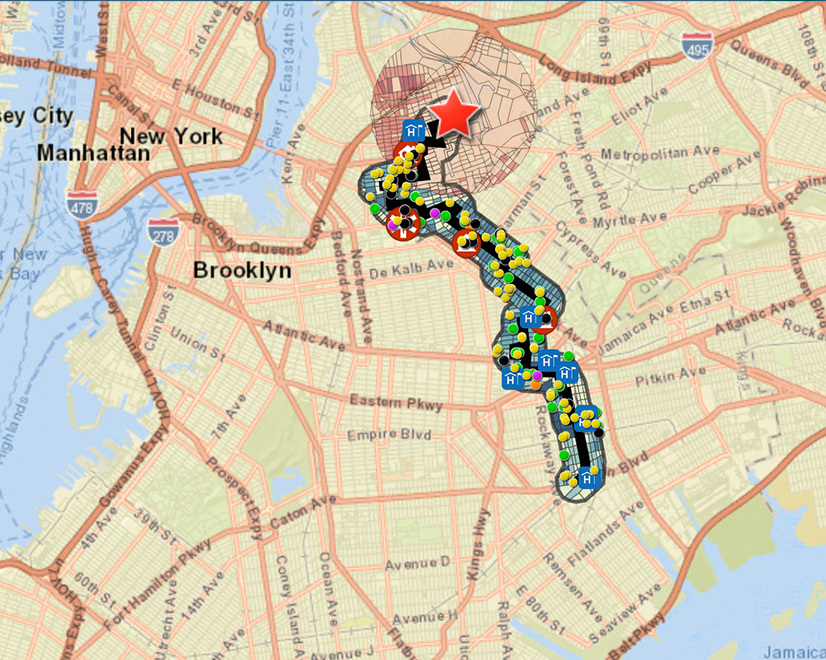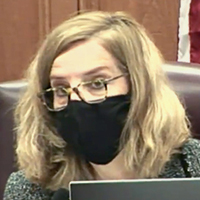
Regulators in New York have taken a big step in applying the state’s aggressive climate laws to the business of natural gas in the state, signaling a palpable change in how they will handle rate requests.
The Public Service Commission (PSC) on Thursday approved a three-year rate plan for National Grid’s (NYSE: NGG) downstate gas companies that contains provisions for energy efficiency, demand response, geothermal deployment and electrification to reduce natural gas demand (19-G-0309; 19-G-0310).
“Today we set a new precedent. For the first time this commission formally has made compliance with the Climate Leadership and Community Protection Act (CLCPA) part of this and all future rate cases,” said PSC Chair John B. Howard.
Brooklyn Union Gas (KEDNY) and KeySpan Gas East (KEDLI) filed rate requests in April 2019, making for “a long and arduous process” impacted by enactment into law of the CLCPA and the COVID-19 pandemic, Howard said.

The commission’s order did not include funding for the last phase of a controversial 7-mile natural gas distribution pipeline in North Brooklyn, opposed earlier this month by Senate Majority Leader Chuck Schumer (D-NY) as reported by the Daily News. (See Online Protesters Reject NY Gas Supply Plans.)
The order approves no delivery rate increases in the first year, and thereafter revenues will go up by 2% for KEDNY and 1.8% for KEDLI during the second and third years, sharp decreases from their requests which ranged from 4.1% to 19.3%.
The commission also established a process to facilitate any refunds that may result from its investigation into an alleged bribery and kickback scheme among some former employees, with $7.5 million earmarked at each company. (See NYDPS Investigating Alleged Bribery Scheme at National Grid.)
KEDNY provides natural gas to approximately 1.2 million customers in Brooklyn, Queens and Staten Island, while KEDLI provides natural gas to approximately 590,000 customers in a service territory that covers Nassau and Suffolk counties on Long Island and the Rockaways.
The PSC’s order also requires the companies to prioritize leak-prone pipe removal based on methane flow rate data; enhance their methane detection program; discontinue natural gas marketing efforts and promotion; and educate customers about alternative heating options and the emission reduction requirements of the CLCPA.
Low-income Energy Bill Help
The commission also increased the funding and reach of the low-income energy bill discount programs administered by the major electric and gas utilities, expanding the annual budget for the statewide Energy Affordability Policy (EAP) program by 54%, from $237.6 million to $366.7 million, and extending the reach of the program by 10% to an additional 95,000 customers (14-M-0565; 20-M-0266).

“We know that millions of New York customers are having a very difficult time paying not only their energy bills but bills writ large —rent and a variety of other must-pay bills,” Howard said. “The commission is forcing the hand of the various agencies and providers of income and related assistance to low-income New Yorkers to improve their lives and take away a great deal of anxiety.”
In 2016, the commission issued an order adopting an EAP that set a target energy burden at or below 6% of household income for all low-income households in the state. Strategies to reach the target include financial assistance to lower customers’ bills, energy efficiency measures to reduce usage, and access to clean energy sources to lower the cost of the energy itself.
“It shouldn’t matter where you live in the state of New York, what service territory, the benefits should be the same, from Buffalo to Babylon,” Howard said.
Commissioner Diane Burman expressed support for expanding the EAP, but with reservations.
“It is likely in our reaching too many more deserving people, this will require better information sharing than we are currently getting from the state Office of Temporary and Disability Assistance … [which] must prioritize fixing this,” Burman said. “Taking the time to solve the need for better information sharing will lead to more success in the goals of the energy affordability policy.”

